Slipping the book into the deep pocket of her skirt, Kate turned to the window. Sighing, she wished the thick, crinkled glass allowed her more view of the countryside surrounding their manor house. She was always happiest when her mother allowed her to ride her horse or wander in freedom the meadows surrounding her home. On this grey, misty morning, the only thing she could really make out was the stately tower of Saint Andrews church. Built by her great grandfather when he took possession of this estate, it had proclaimed to all his lordship of Rochford, a lordship that continued down to her grandfather. It reminded her that she had right to pride—and the right to claim her place with her royal aunt, rather than remain here, hidden away with her too often soft mother who lacked all trace of ambition ~ The Light in the Labyrinth.
I count myself as fortunate. I have had the opportunity to walk important paths once trod by the people whose lives have inspired my Tudor novels. As an Australian, this is not an easy feat to achieve. It is a long way to England – and not cheap to get there, or to stay there.
One of my research trips happened in 2012, when I was in the midst of writing The Light in the Labyrinth, my second published Tudor novel. Writing The Light in the Labyrinth added many ‘must see’ places for the world building of my new work. One of them was Rochford Hall, a property owned by Mary Boleyn. Rochford Hall is in Essex – so going there meant another trip to England. Nowadays, what remains of Rochford Hall is a Golf Club.
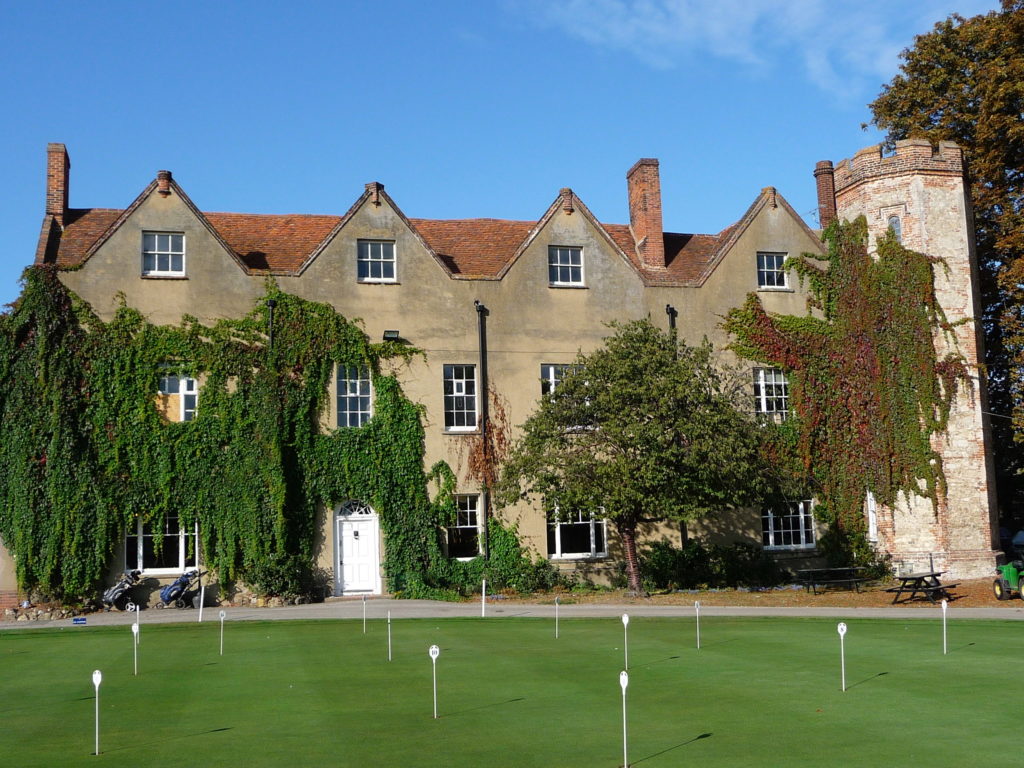
@Natalie Grueninger
Mary Boleyn was Anne Boleyn’s sister. She also was Henry VIII’s mistress for a time. I believe Henry VIII fathered her daughter Katherine. But that is one of the many mysteries which surround Mary – both in life and death.
I am always thankful for mysteries. As a writer of historical fiction, I am free to rely of my instinct to fill in the gaps of historical knowledge. What history makes clear is Mary Boleyn married her second husband because she loved him. She said of William Stafford that she would rather beg her bread with him than to be the greatest queen in Christendom (Cited by Ridgway 2016). Her marriage to Stafford resulted in their banishment from court. These facts fed my imagination and built up in my mind a woman who desired to be as far away from the court as possible. Somewhere she could find that ‘poor, honest life’ she wrote of in her letter to Thomas Cromwell (Cited by Ridgway 2016).
In Tudor times, it would have taken days to ride from Essex to London. Travel was hard in the 16th century, often fraught with danger and challenges. On my visit to Rochford Hall in 2012, I saw unmade roads turned into mud baths by wet weather. I could not help imagining trying to surmount these same roads by foot or horse. If Mary Boleyn desired distance from the court, which I believe she did, Rochford Hall was the perfect place to give her that distance. This is why I am still inclined to believe she lived at Rochford Hall. Weir’s biography of Mary Boleyn (Weir 2012) may give cause and pause for doubt, but I still believe it.
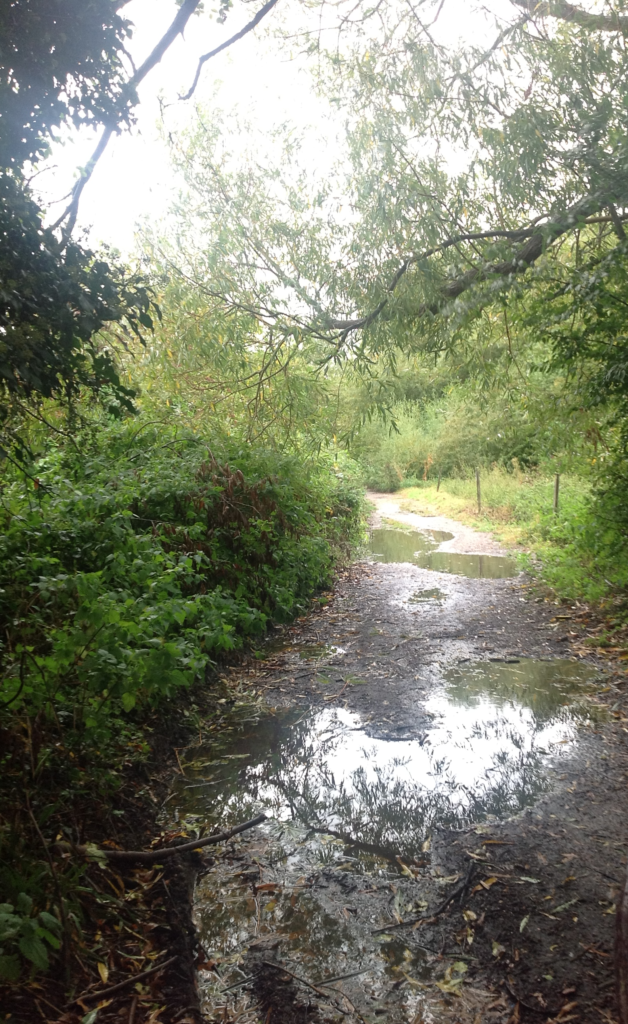
©Wendy J. Dunn
The Domesday book notes a manor house on the site of Rochford Hall in 1086. Anne Boleyn’s ancestor, James Butler (or Boteler), the 5th Earl Ormonde and 1st Earl of Wiltshire began building what we know as Rochford Hall in the 15th century. Boteler arms appear on the red Tudor brick tower of St Andrews Church. Margaret Butler, the mother of Thomas Boleyn, the father of Mary, George and Anne Boleyn, inherited Rochford Hall. When I was writing The Light in the Labyrinth in 2012, I believed Mary Boleyn made her home at the Hall with her second husband, William Stafford, remaining there until her death on 19th July 1543, when the hall passed to Henry Carey, her seventeen-year-old son (2020 Clubhouse History).
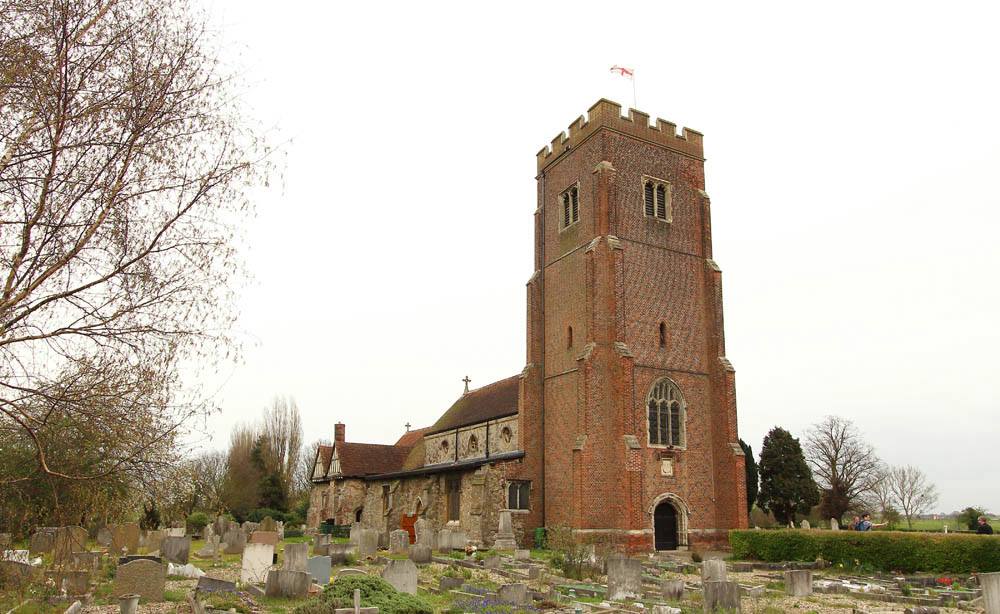
St Andrews Church by John Salmon, CC BY-SA 2.0, https://commons.wikimedia.org/w/index.php?curid=40332041
But Mary did not inherit Rochford Hall until shortly before her death (Weir 2012) – so where she actually lived during her years of banishment remains shrouded in the mists of time. Where Mary died, and was buried, is also shrouded by those same mists. Sitting in the lovely St Andrews church on that wet day in 2012, I listened in fascination as Maurice Draper, a local historian, told me of its history. One thing Maurice seemed very certain of – Mary Boleyn was not buried at the church. If she was not buried at the church, then it follows her death likely did not occur at Rochford Hall. So where was she buried? St George Chapel at Windsor is mentioned at times as a possibility – as is the Carey vault at Westminster Abbey. But both these places have reliable burial records – and make no mention of the entombment of Mary Boleyn.
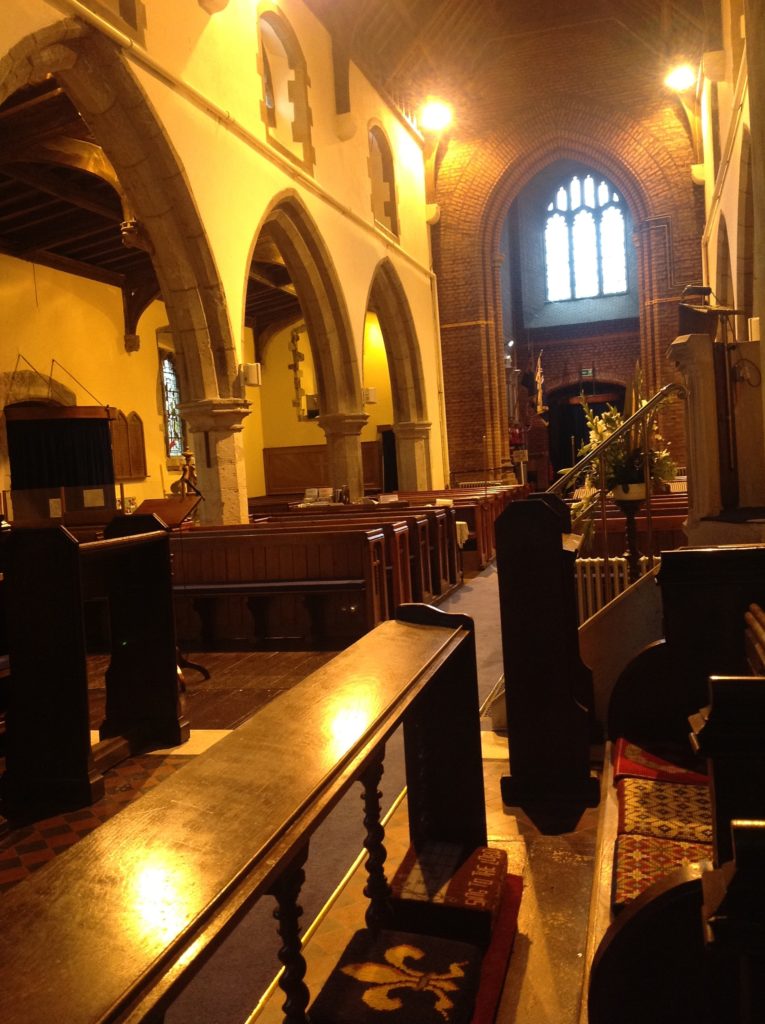
Interior St Andrews Church, ©Wendy J. Dunn
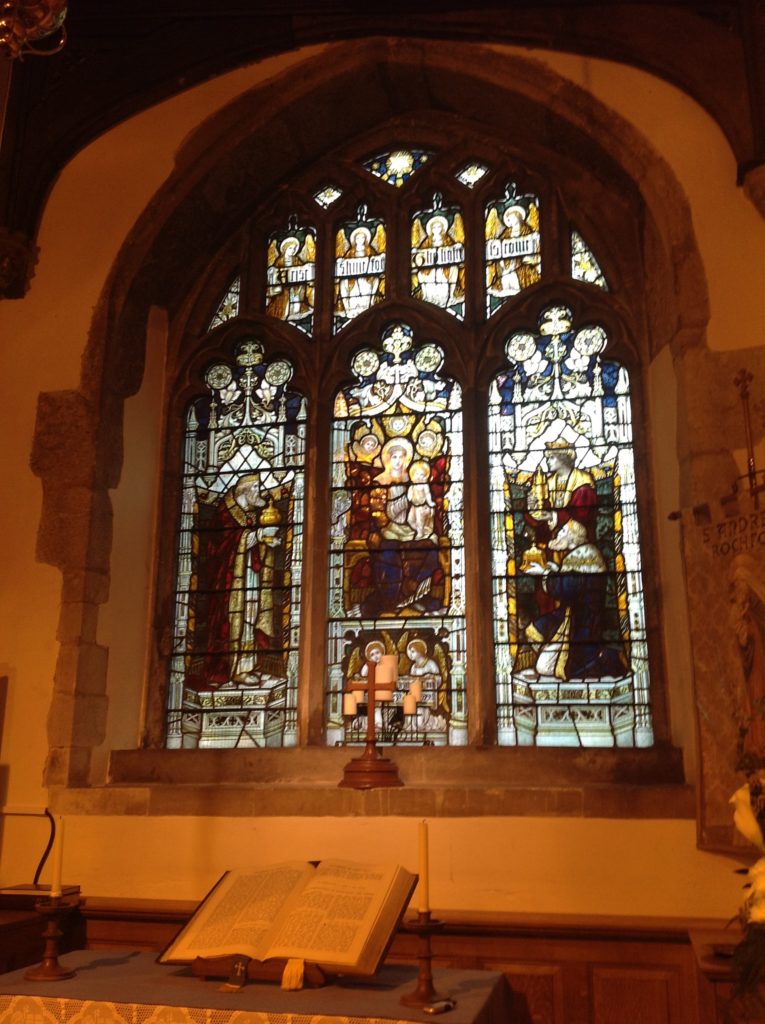
Interior St Andrews Church, ©Wendy J. Dunn
I have often wondered if Mary was entombed with her mother at Lambeth Church in London. When I asked my Tudor history knowledgeable friend Valerie if she thought that a possibility, she did not cross it off my list. Valerie also told me of a legend saying Mary had been buried at St Mary’s Church, Chilton Foliat – a church, believed built in the 13th century, with both Carey and Stafford connections. William Carey, the first husband of Mary Boleyn was probably born and raised in a manor house, now lost to history, close to this church (Weir 2012). At St Mary’s Church there is a piece of stain glass bearing close similarity to the Boleyn falcon (Chilton Foliat, Wiltshire | Anne boleyn, Tudor era, Tudor, 2020). I am wondering now if this falcon could be answering the question about Mary Boleyn’s last resting place.
By Wendy J. Dunn
Works cited:
Clubhouse History : Rochford Hundred Golf Club, Southend On Sea, Essex. [online] Rochfordhundredgolfclub.co.uk. Available at: <https://www.rochfordhundredgolfclub.co.uk/history/clubhouse_history/> [Accessed 3 May 2020].
Ridgway, C., 2016. Mary Boleyn’s Letter to Thomas Cromwell – The Anne Boleyn Files. [online] Claire Ridgway. Available at: <https://www.theanneboleynfiles.com/mary-boleyns-letter-thomas-cromwell/> [Accessed 3 May 2020].
Weir, A 2012. Mary Boleyn, London: Vintage.
Pinterest. 2020. Chilton Foliat, Wiltshire | Anne Boleyn, Tudor Era, Tudor. [online] Available at: <https://www.pinterest.com.au/pin/115123334196737963/> [Accessed 3 May 2020]
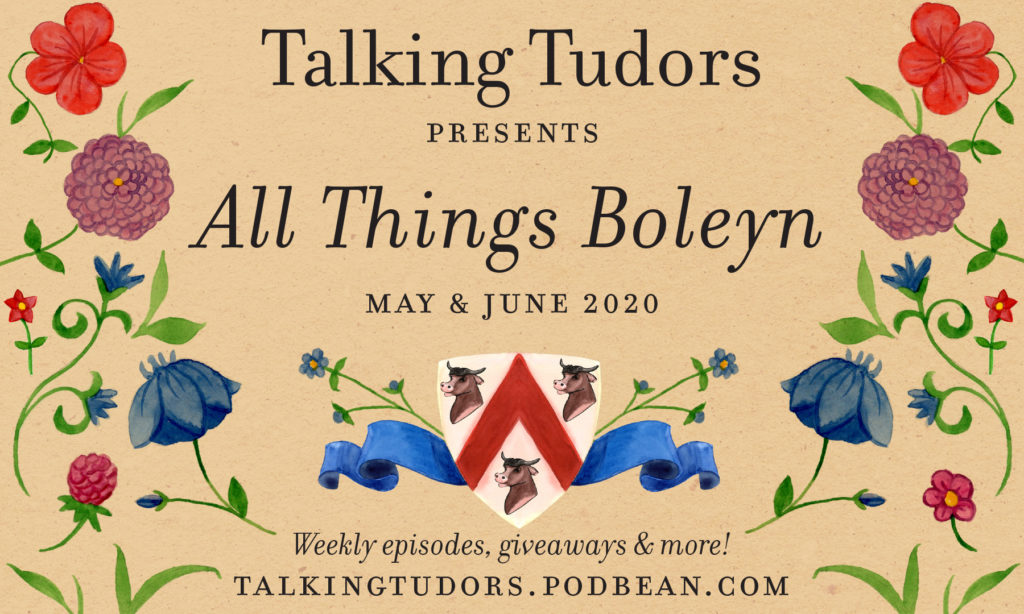







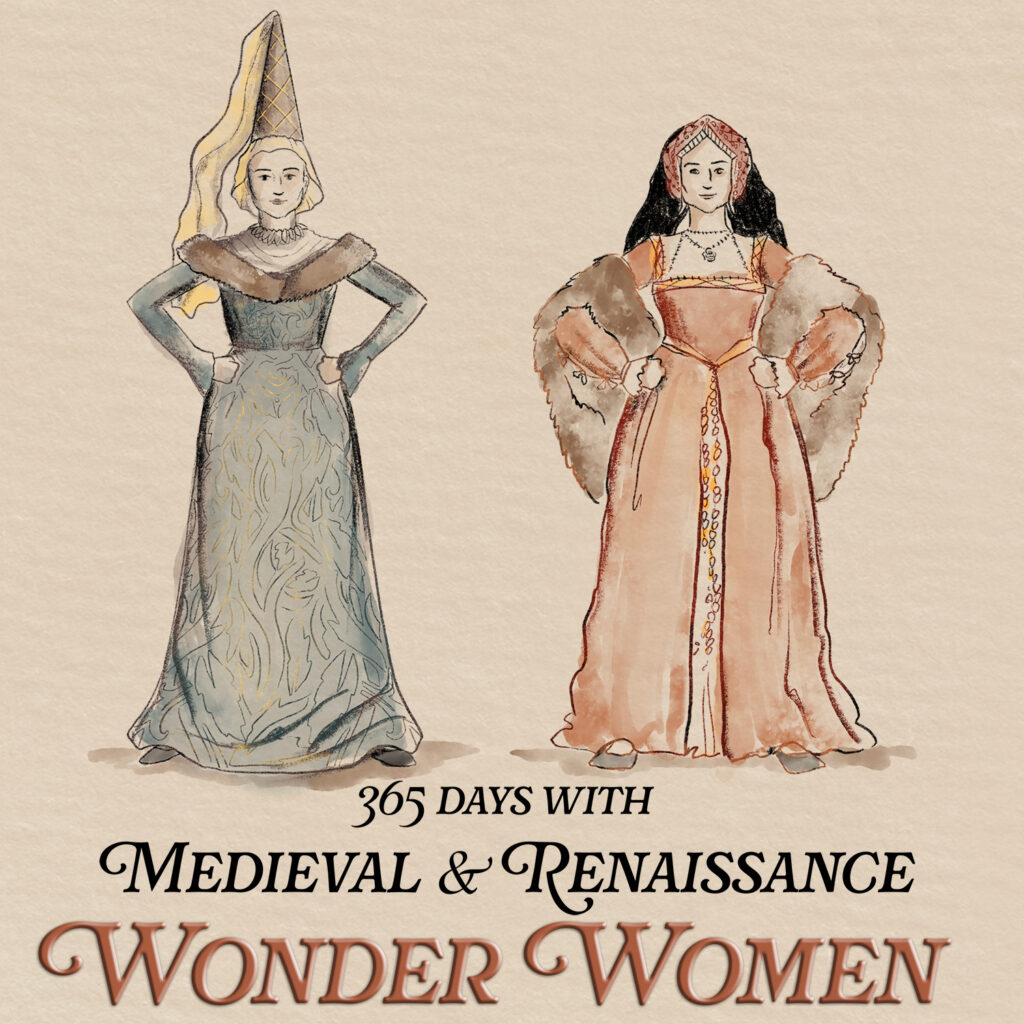

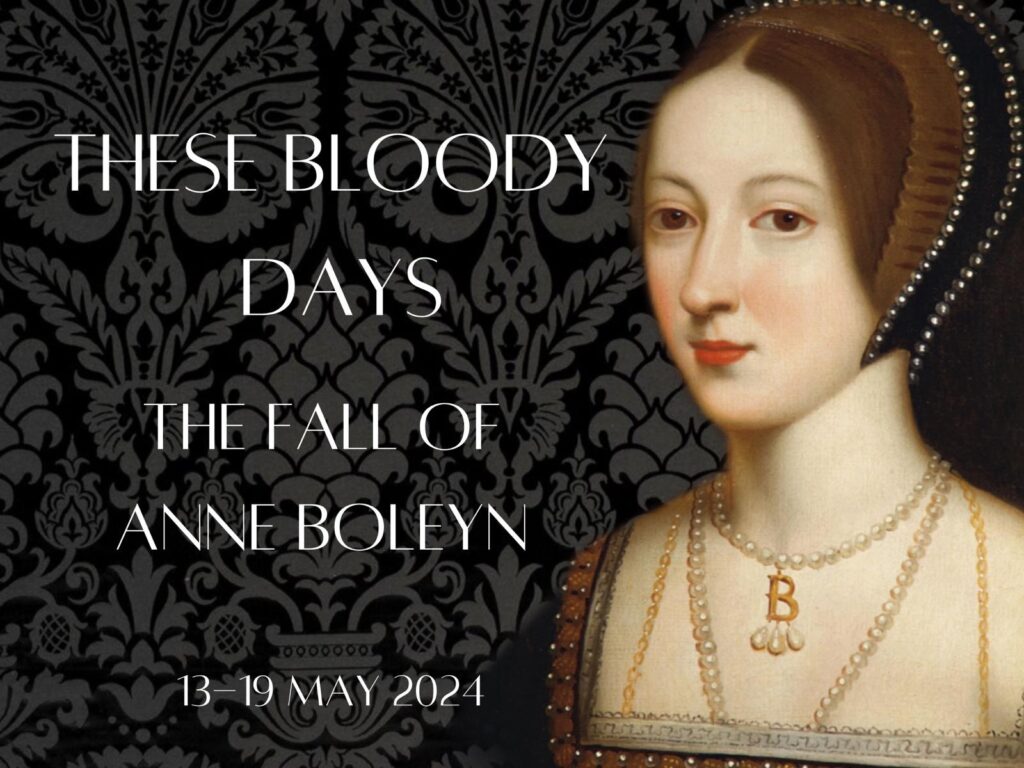
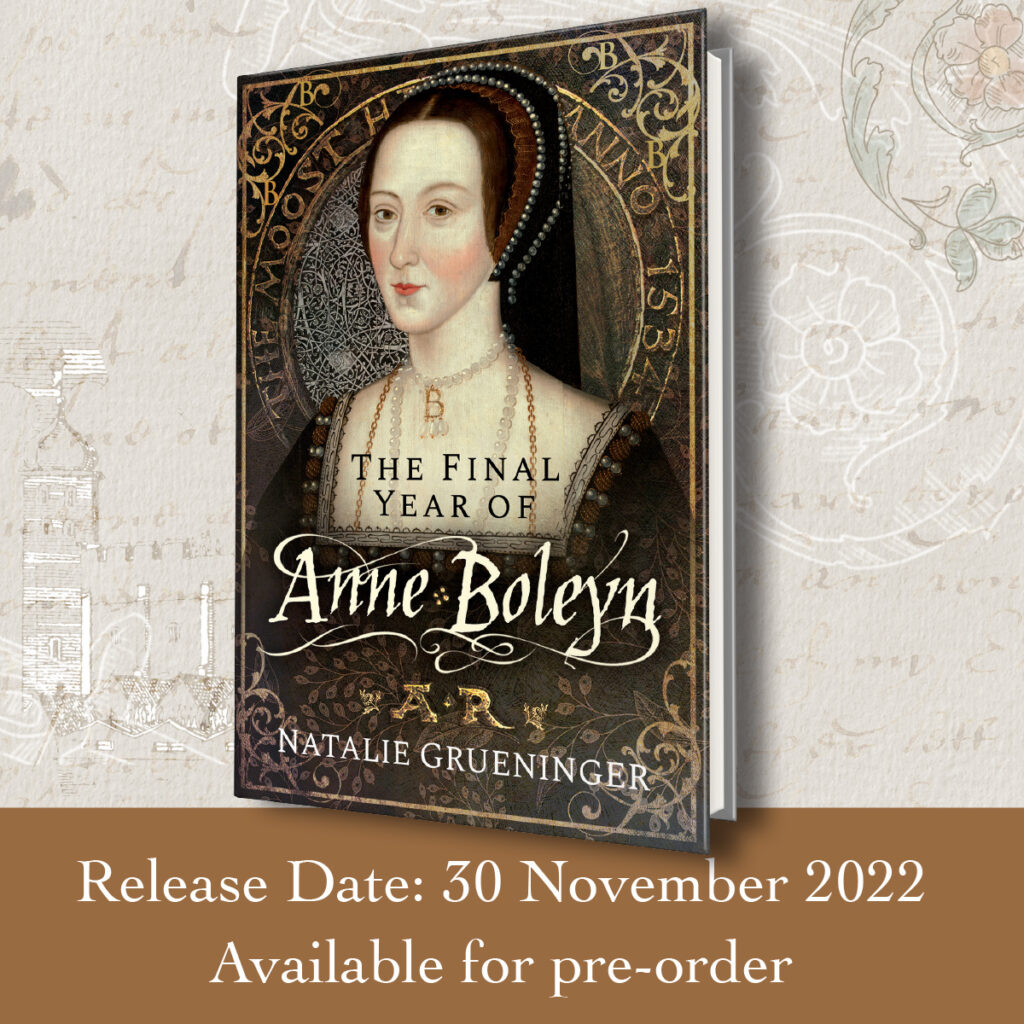
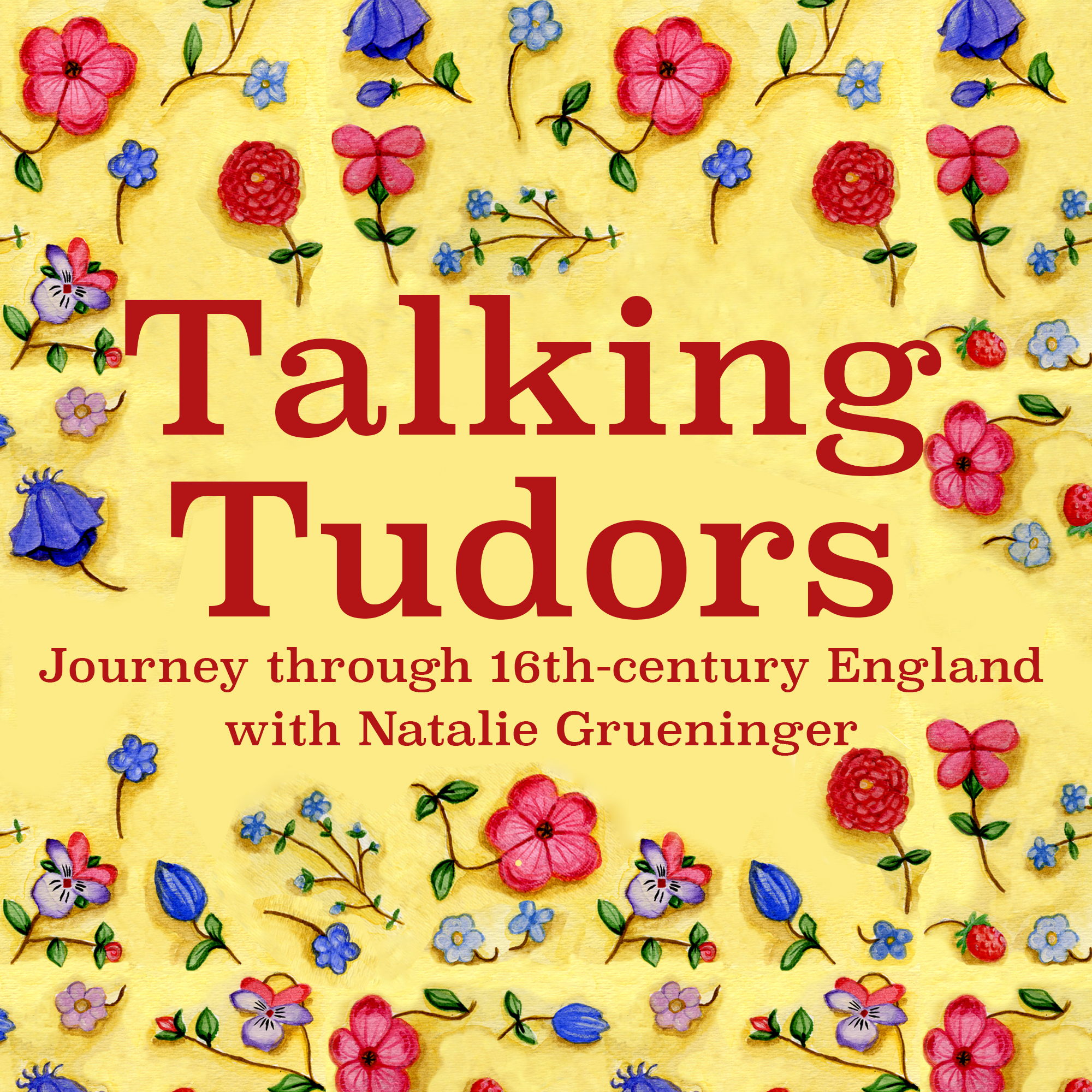

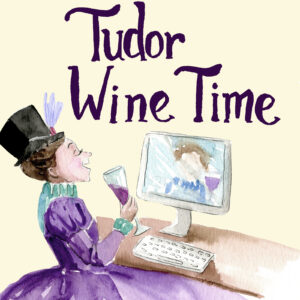
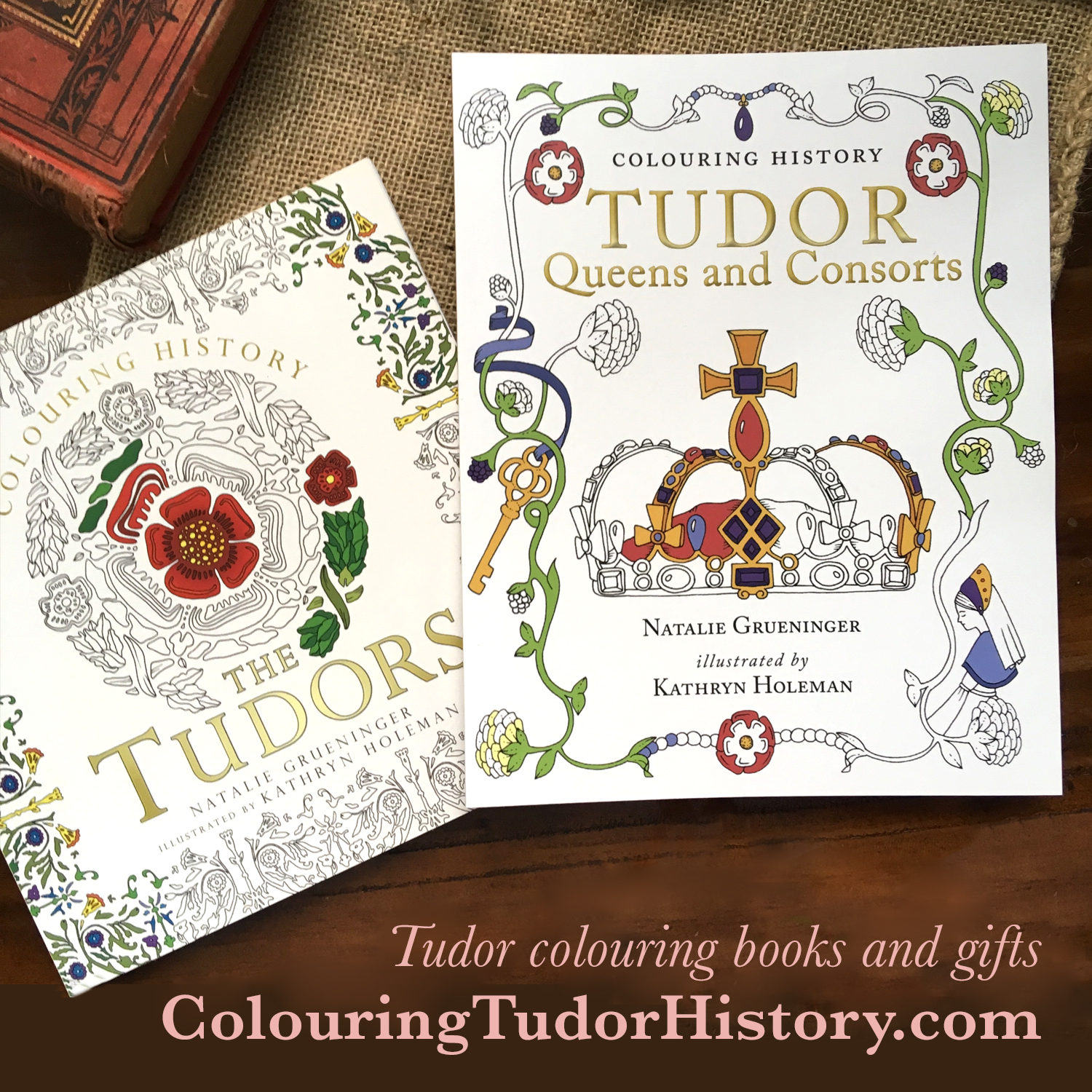

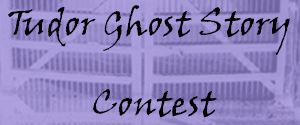

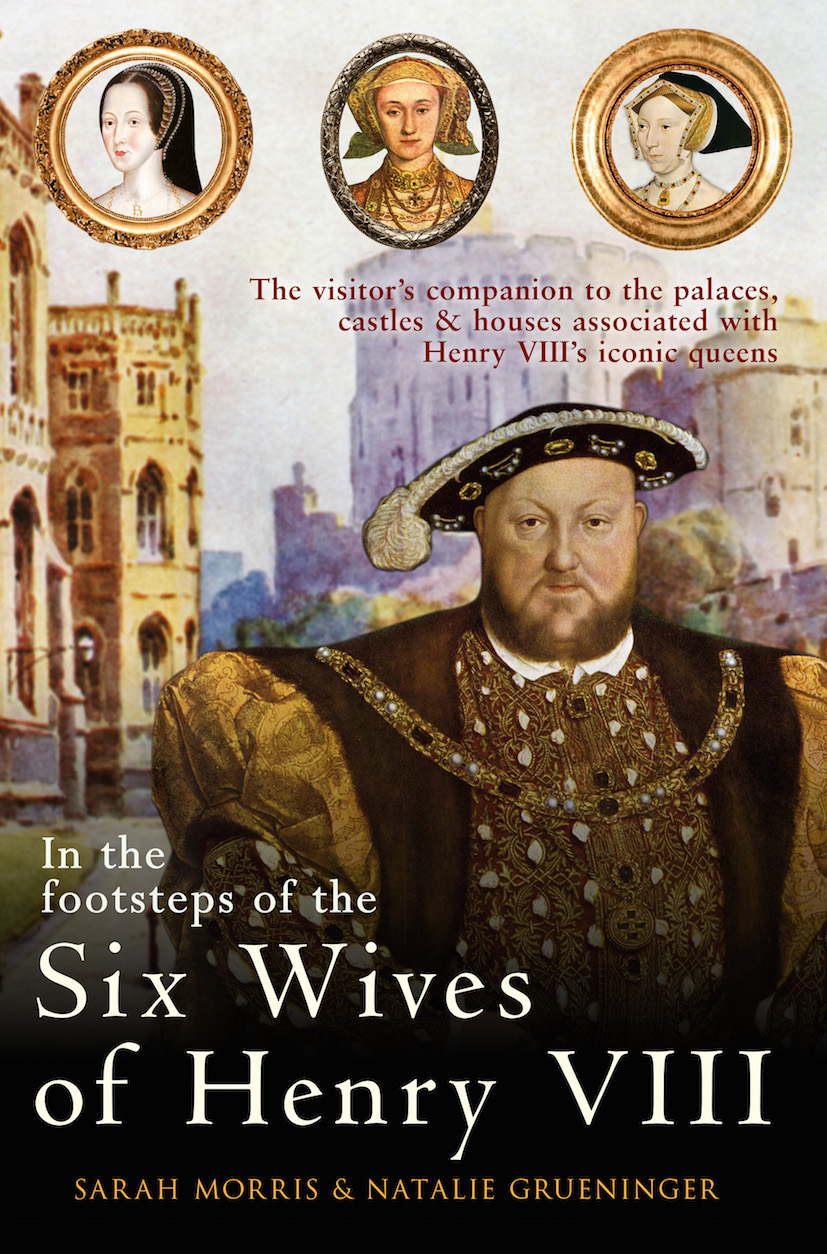
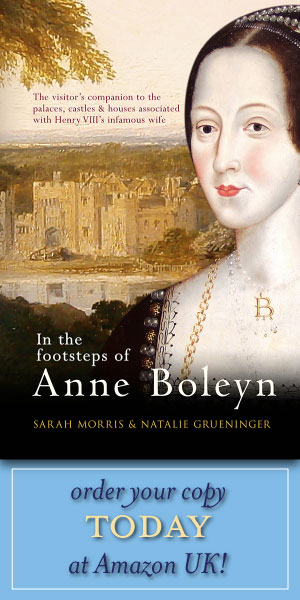
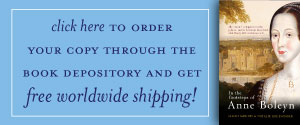
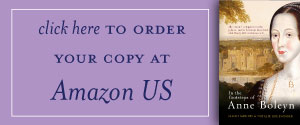
Very interesting. Thank you! I’m fascinated with Mary Boleyn, and wish there was more known. Maybe it was better for her the way things turned out. Thank you, Wendy. I enjoy your articles. Michelle t
Thank you, Michelle! Yes – things turned out far better for Mary than her sister Anne. So glad you enjoy my articles!
Warmly,
Wendy
Thank you, Wendy. I too am very interested in your information about Mary Boleyn. I descend from Mary and through Catherine, her eldest daughter. I’ve loved reading about the Tudors and the Boleyn line since I was learned to read at 7 years of age. My parents couldn’t understand why I had such an interest. Many years later when I ran across the connection I was amazed.
Thank you so much for your work.
Pamela Hall
Thank you, Pamela, for your comment! I have been passionate about the Tudors since childhood too!
And how I wish I could say I was descended from Catherine Carey. I really enjoyed imagining a little of Kate’s life in The Light in the Labyrinth – and this year published a story on my website about the dying Kate. Smile – I drafted the story when I thinking about writing a sequel to The Light in the Labyrinth, but life took me in another writing direction.
http://www.wendyjdunn.com/fire-of-a-comets-tail/
This was really beautiful. Thank you for sharing it. Michelle t
Thank you, Michelle! xxx
What a fascinating article, and a great excerpt! Gosh, I have never thought too much about where Mary is buried, and how totally interesting it would be to know about the last years of her life. She was such a prominent figure in her earlier years. The Rockford Hall site looks interesting. I wonder if there are any pieces of the Tudor era structure still intact? Thanks Wendy!
Thank you, dear Sandra. While some of the facts on the page below need correcting, it does include some interesting images and architectural plans of what the estate was like in Tudor times. The hall went through much rebuilding during the time it was owned by Richard Rich – so these plans could come from those years, rather than Mary’s time. Love to have time to investigate thoroughly the last years of Mary’s life and solve the mystery of her last resting place! xxx
https://www.rochfordhundredgolfclub.co.uk/history/clubhouse_history/
This is awesome! Gosh if I could belong to such a golf club I’d be out there practicing every day! The original manor house looks like it was huge! Beautiful! Thanks you again.